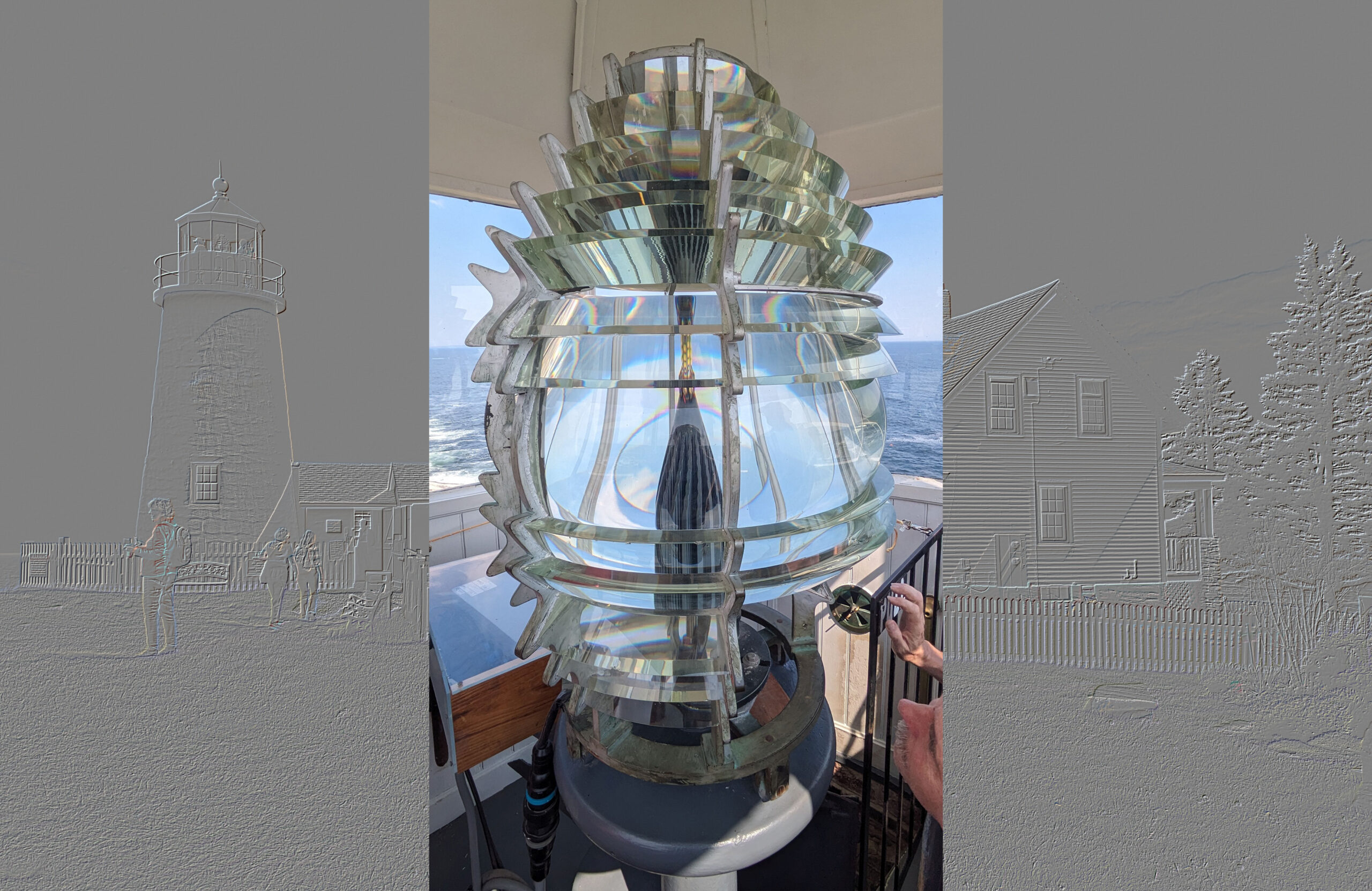
[Image above] A computer-generated image of the proposed Hyperloop, a potential new mode of passenger and freight transportation. Credit: Virgin Hyperloop, YouTube
The month after I graduated from college, I took a two-week trip to Seoul, South Korea, to celebrate the accomplishment. I fondly recall many parts of that trip, but one part that significantly stands out for me may at first sound mundane—the Seoul metropolitan railway system.
The Seoul Metropolitan Subway consistently ranks among the best metro systems in the world. As someone from Iowa, which has one of the worst state transportation infrastructures in the U.S., the Seoul metro felt like something out of a futuristic sci-fi book with its cleanliness, timeliness, and ease of navigation.
I look forward to visiting Seoul again, but until the pandemic is under control, those travel plans are on hold indefinitely. Fortunately, I may not need to travel so far to see futuristic transportation systems if the Hyperloop plans for my new home state of Ohio come to pass.
Hyperloop: A new mode of transportation
The Hyperloop is a proposed mode of passenger and freight transportation that would use magnetic levitation and electromagnetic propulsion to send sleek metal pods hurtling through low-pressure, windowless vacuum tubes at hundreds of miles per hour. The video below illustrates what a Hyperloop system may look like.

Credit: CNET Highlights, YouTube
The idea of using pneumatic tubes to travel is decades old, but the recent interest in “vacuum trains” started in 2013 when a joint team from Tesla and SpaceX published an early design for such a system. The name “Hyperloop” was chosen for their design because it would go in a loop.
By November 2015, several commercial companies and dozens of student teams had started pursuing development of Hyperloop technologies. Virgin Hyperloop (formerly Hyperloop One, and before that, Hyperloop Technologies) is one of those companies, and it is the one that is considering a possible Hyperloop system that passes through the Columbus area.
Hyperloop in Columbus
Virgin Hyperloop aims to achieve safety certification for its Hyperloop system by 2025, with commercial operations beginning in 2030. There are several potential routes in the U.S. and around the world that the company is considering, but one route being discussed for the Midwest would connect Chicago to Pittsburgh, with passage through Columbus.
That possible Midwest route was considered by the Mid-Ohio Regional Planning Commission when it launched the Rapid Speed Transportation Initiative in 2018 to find better, faster connections between Columbus and the cities of Chicago and Pittsburgh. The results of the “Midwest Connect” Hyperloop Feasibility Study were released in May 2020, and the study concluded that Hyperloop technology is feasible along the Chicago–Columbus–Pittsburgh route at its optimal speeds of more than 500 mph.
Ohio, along with 16 other state and local governments, put in bids to host Virgin Hyperloop’s planned testing and certification center. Virgin Hyperloop ultimately chose West Virginia in October 2020, but that doesn’t mean Ohio won’t play a larger role in developing a Midwest Hyperloop route in the future. Until then, we can imagine what traveling on a Virgin Hyperloop system may look like by watching the video below.

Credit: CNET Highlights, YouTube
Computer-generated imagery is not the only way to experience the Hyperloop. Last November, Virgin Hyperloop performed the first-ever Hyperloop passenger test at their 500-meter DevLoop test site in Las Vegas, Nevada. (The company has previously run more than 400 unoccupied tests on the site.) You can see video from that test below.

Credit: CNET Highlights, YouTube
Author
Lisa McDonald
CTT Categories
- Transportation


